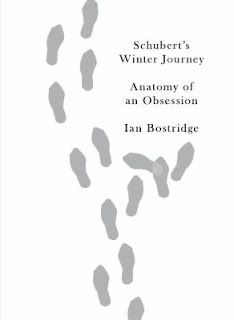Since the days of the Gold Rush, Asian-Americans have made significant contributions to the Bay Area's culture. Yet for many years the arts and literature of Asian-Americans remained on the margins. In the 1960s student movements on college campuses led to community activism that helped bring Asian American culture into the wider community.
One result of this activity was the founding of the Kearny Street Workshop in 1972. Elsa S. Cameron described the Workshop arising "because of the initiative of ethnic artists who decided to go back and work in their communities." She quotes founder Michael Chin who described the impetus as a "search for cultural identity." Nancy Hom places the work of the Kearny Street Workshop as coming within an "exploration" that looked into questions of "identity, history and cultural pride."
In 1996 the San Francisco Art Commission Cultural Equity Endowment funded the Asian Art Museum and the Kearny Street Workshop to compile and publish the Resource Guide of Asian American Artists in the San Francisco Bay Area. More than twenty years old now this work is no longer a timely guide to the Asian American arts and artists, but it does serve as an important time capsule documenting the activity of the time.
The Resource Guide is a directory of individuals and organizations active in the visual, performing and literary arts. It provides contact information, a description of which ethnic community each person or organization represents, the number of years that they have been presenting programs and who their primary audience is. Each entry also includes the artist's or organization's mission statement. Occasionally an email address is given for a contact, but at this stage nobody had a webpage yet. An index at the end of the volume is organized by artistic form.
A lot of changes can happen over a couple of decades. Many of the organizations have moved or ceased to be active. Many artists have moved out of the Bay Area or have passed away. (But it is nice to see an entry for the late Ruth Asawa).
It was interesting to see our City's elected Public Defender Jeff Adachi (Jeffrey Adachi in the directory) listed as the contact for the apparently now longer extant Asian American Arts Foundation (AAAF). This organization's mission was to "[provide] financial support and public recognition and acknowledgement for Asian American Art projects that present and true to life portrayals of Asian Americans." This foundation had a web presence at http://www.aaafoundation.com/ that was last updated on June 12, 2000 and that disappeared by sometime in 2002. (The "Wayback Machine" of Archive.org has captured these webpages for the years 1998 to 2002).
Nowadays the information in this directory would be readily available on the web. But as we have seen webpages come and go on the internet. The Resource Guide of Asian American Artists in the San Francisco Bay Area gives us a picture of a vibrant scene for one moment. It provides a way to find the roots of part of the Bay Area's rich cultural tapestry.
Asian American Arts Foundation [website archived on March 22, 2002]
Cameron, Elsa S., "The San Francisco Art Comission's Neighborhood Arts Program," in The Art Museum as Educator: A Collection of Studies as Guides to Practice and Policy by the Council on Museums and Education in the Visual Arts (University of California Press, 1978).
Hom, Nancy, "Kearny Street Workshop," Nancy Hom Arts (March 24, 2009).
Resource Guide of Asian and Asian American Artists in the San Francisco Bay Area (Asian Art Museum: Kearny Street Workshop, 1996).
Happy Public Domain Day 2026!
5 days ago








